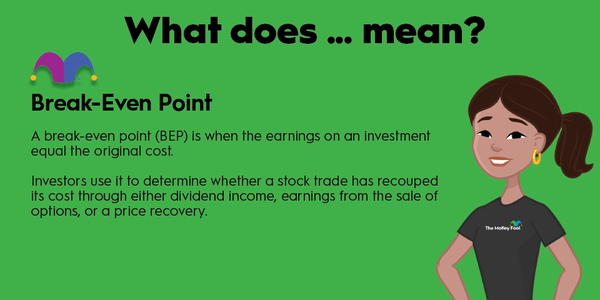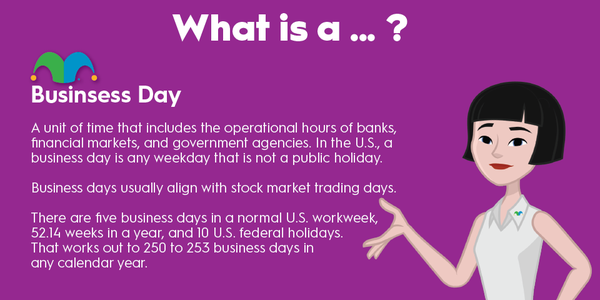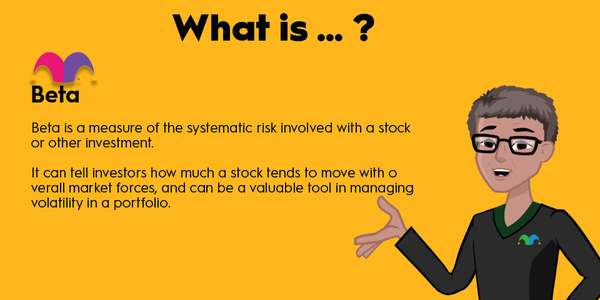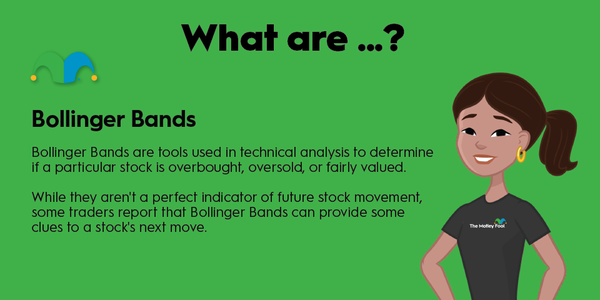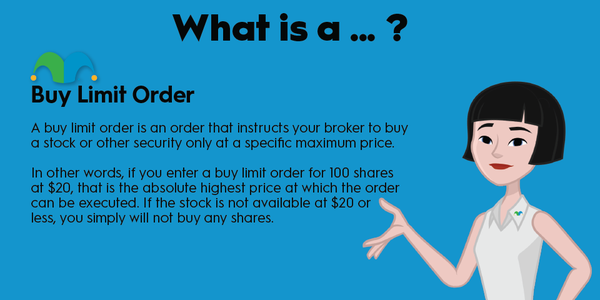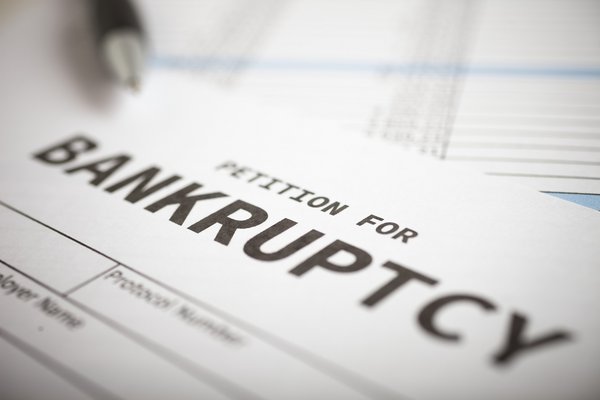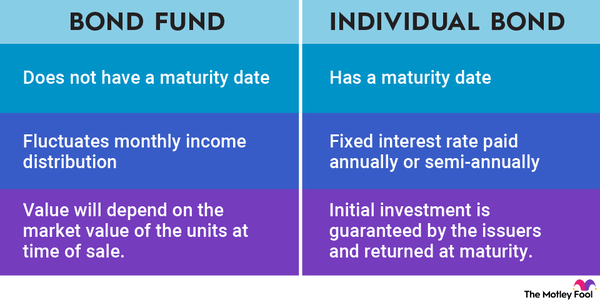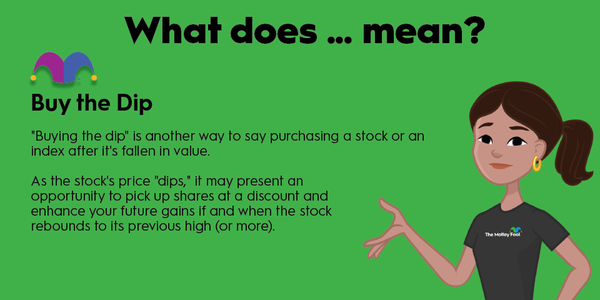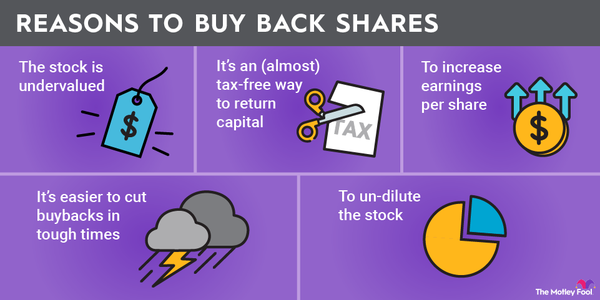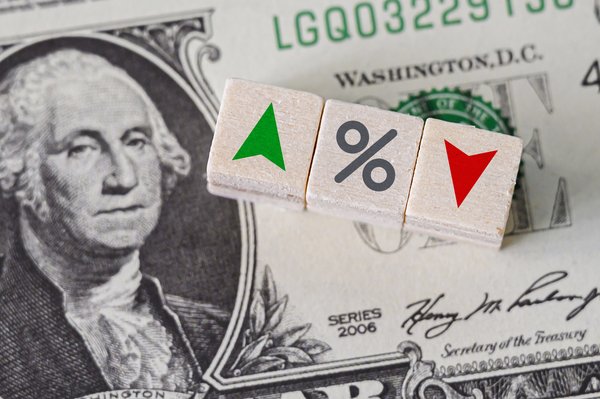Book value is an accounting term, a metric investors use in fundamental analysis. The term can be confusing, though, because it has one meaning when referring to an entire company and a slightly different meaning when referring to an asset.
Read on to learn both definitions of book value. You'll also find out how to use book value to inform and improve your investing approach.

What is book value?
What is book value?
A company's book value is equal to its total assets, less its liabilities. Note that this is the same value as the company's shareholders equity. These values are identical because the basic accounting equation requires it: Total assets must equal total liabilities plus shareholders equity.
An asset's book value is the carrying value of that asset on the company's balance sheet. Carrying value is the asset's original cost less any accumulated depreciation or amortization. Accumulated depreciation is the aggregate depreciation recorded against that asset during its lifetime.
Annual additions to accumulated depreciation are intended to reflect an asset's loss of value over time. But these are formulaic accounting entries -- such that an asset's book value doesn't necessarily align with its market value. That's important to keep in mind when analyzing a company's book value because it is partially defined by asset-carrying values.
Why does book value matter?
Why does book value matter?
When a company liquidates, its assets are sold, and its debts are repaid. Shareholders qualify for repayment only if there's funding left after the creditors are made whole. Theoretically, a company's book value should be the amount that's left for shareholders in a liquidation.
Taking this idea forward, investors will often look at a company's book value per share or BVPS. It's a rough way of quantifying their capital at risk per share. BVPS is equal to book value divided by the number of shares outstanding.
Calculate BVPS for any stocks you own, and you'll see it can be wildly different from the company's share price. This is because the share price is a demand-driven value that's influenced by the investment community's opinion on the company's earnings potential.
Book value, and therefore BVPS, does not consider the future at all. It is strictly a measure of the company's balance sheet values as of a point in time.
How can I use book value?
How can I use book value?
Investors commonly analyze book value in the context of the company's market value. The relationship between the two quantifies the premium that investors are paying (or not) to own that stock.
The metric used in this analysis is the price-to-book ratio or P/B ratio. You calculate P/B ratio by dividing the company's stock price by its BVPS. When the market value is higher than the book value, the P/B ratio will be greater than 1. This means investors are willing to risk more than BVPS for the stock's potential upside.
When the market value is near or less than the book value, the P/B ratio will be 1 or less, signaling that the stock may be undervalued. An undervalued stock can be a great bargain, particularly if company fundamentals are strong and the investor has a long timeline.
Unfortunately, this logic only applies to certain industries. Higher-growth industries typically see much higher P/B ratios. As an example, at the end of 2021, large-cap tech stocks had an average P/B ratio of 12.25. In that scenario, it doesn't make sense to use 1 as the benchmark.
Instead, you'd do peer comparisons and historical comparisons. If you're focused on investing in value, you'll look for a P/B ratio that's competitive with the company's peers and lower than the company's own historical averages.
The analysis doesn't stop there, of course. Value investors don't look at the P/B ratio in isolation. They evaluate it with several other metrics, including price-to-earnings ratio, free cash flow trends, debt-to-equity ratio, and payout ratio for dividend stocks. As noted, book value and the metrics derived from it come from balance sheet numbers -- which may not be a true representation of value.
Related investing topics
How to find book value plays
How to find book value plays
Investors who rely heavily on book value analysis are typically looking for good stocks that are temporarily underpriced by the investment community. These are referred to as value stocks.
Finding those bargains can be challenging because stocks that are obviously underpriced tend to self-correct quickly. Still, there are a few tactics that can help you discover value-rich investments for your portfolio.
- Know what you're looking for. Value stocks are often older, established companies with boring product lines. They demonstrate slow-and-steady growth, they generate consistent free cash flow, and they usually pay dividends.
- Recognize the signs of value traps. There are stocks that trade below book value for a reason. These are called value traps; their valuation metrics look attractive, but the company is unlikely to produce sufficient growth going forward. Yellow flags include declining earnings growth and cash flow relative to historical averages and the inability to keep pace with customer preferences.
- Know your investment parameters. As a value investor, you're essentially looking for stocks that are trading for less than they're worth. To identify those opportunities, you need a process for estimating a stock's intrinsic value. Book value and its related metrics will be part of your analysis. Also, consider other balance sheet ratios plus more subjective factors like the quality of the management team and the strength of the company's competitive advantage.
- Invest with a margin of safety. The margin of safety is the difference between a stock's market price and its intrinsic value. A larger margin of safety gives you more room for error but can be more difficult to implement.
- Screen, research, and wait for opportunity. Stock screeners can help you find potential investments with attractive valuation metrics. Use research to validate those opportunities. For stocks that don't quite meet your parameters, be disciplined enough to wait for the right time. It may only take a small market correction, for example, to lower the stock price and create the margin of safety you need.



